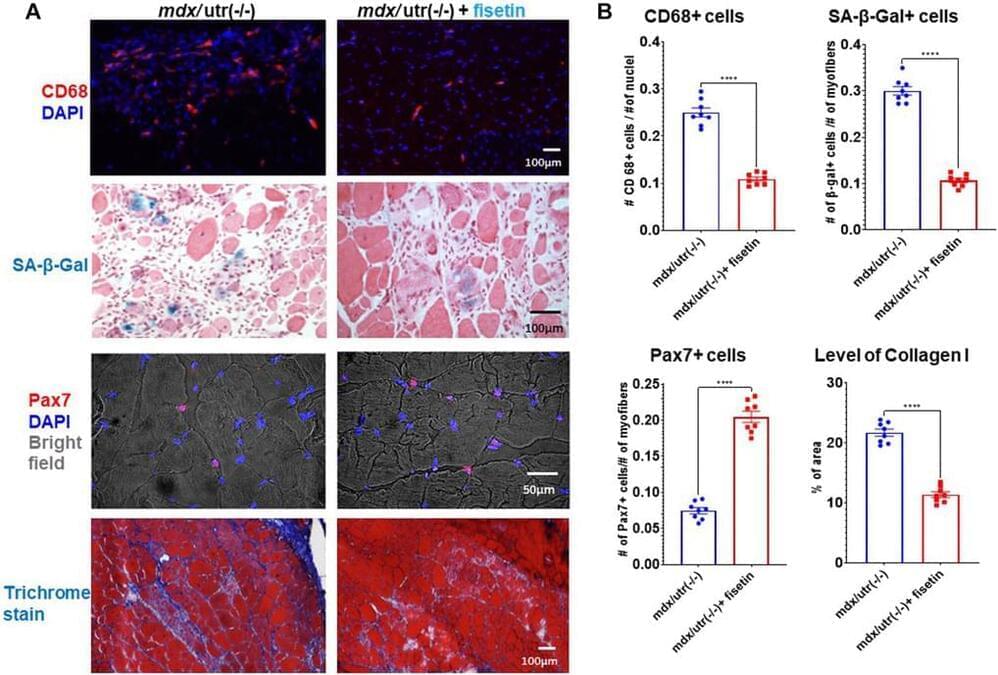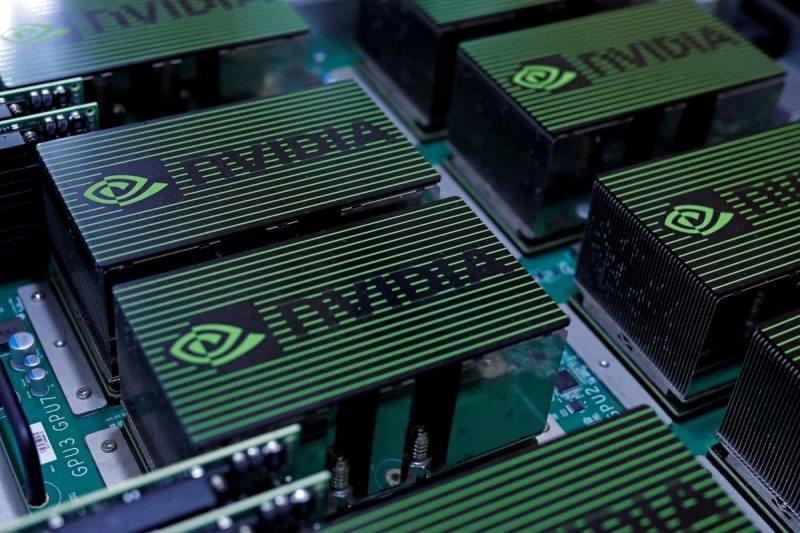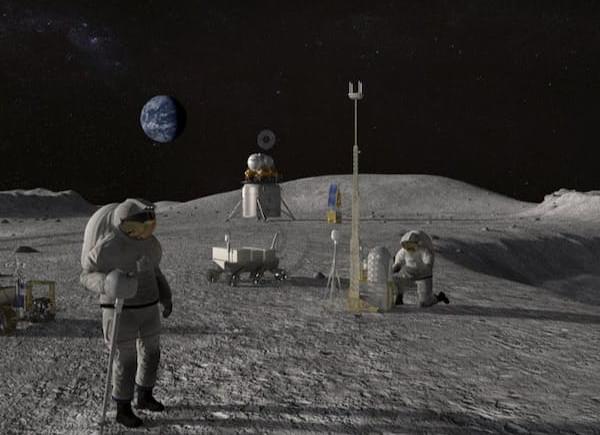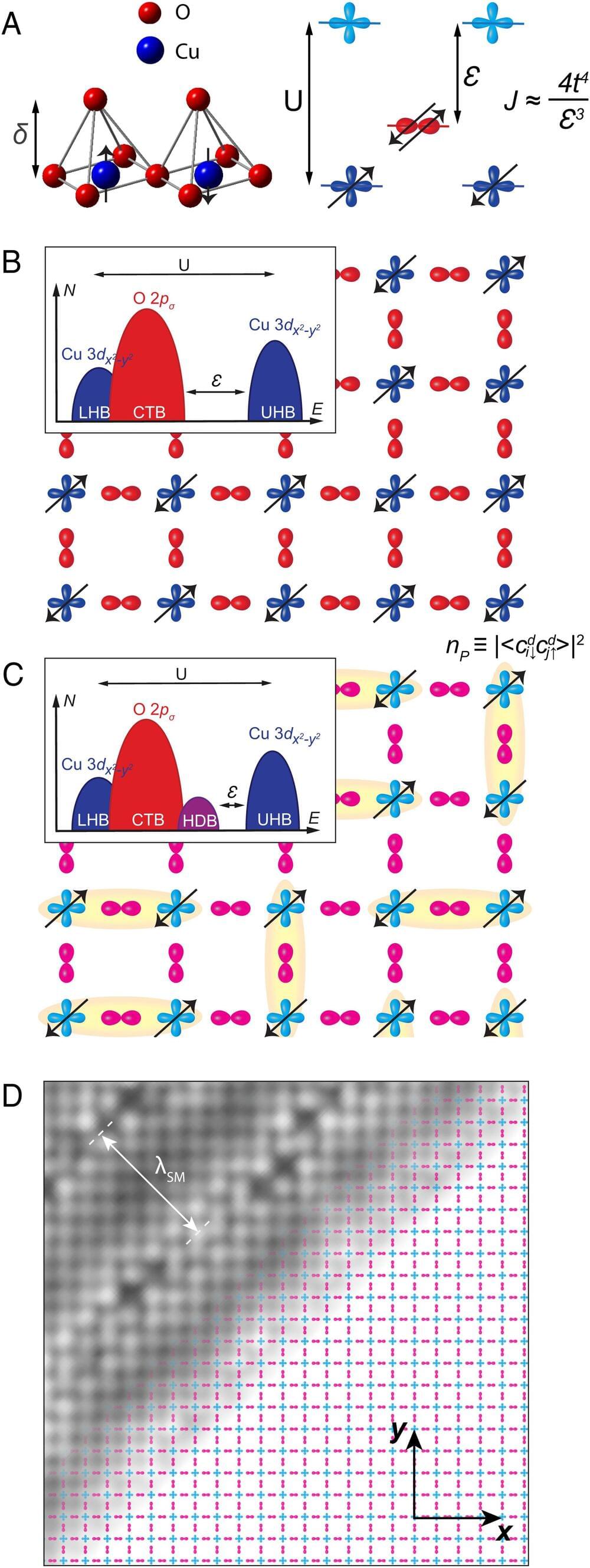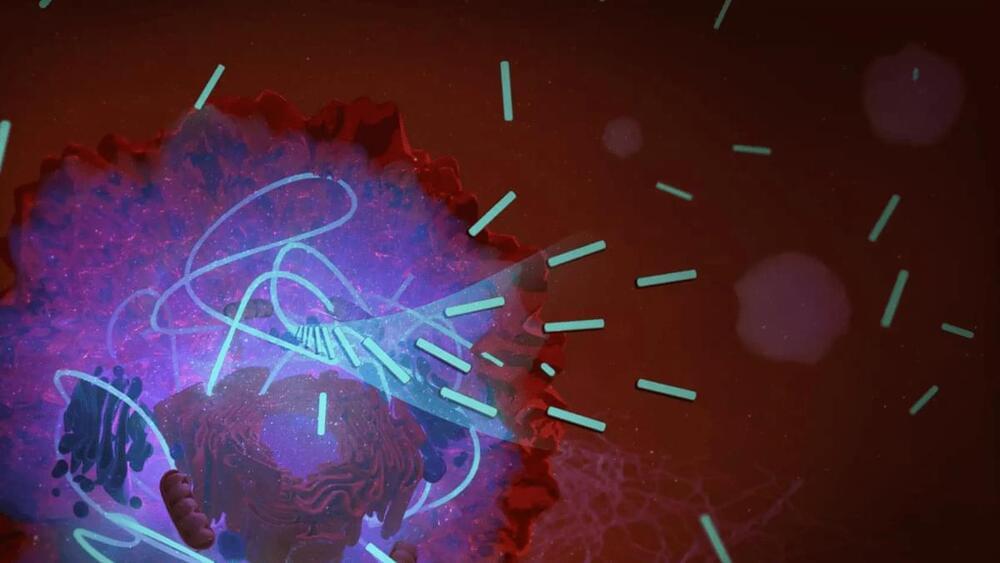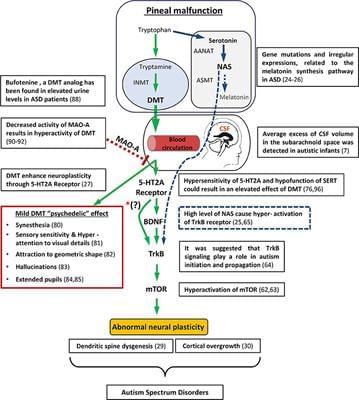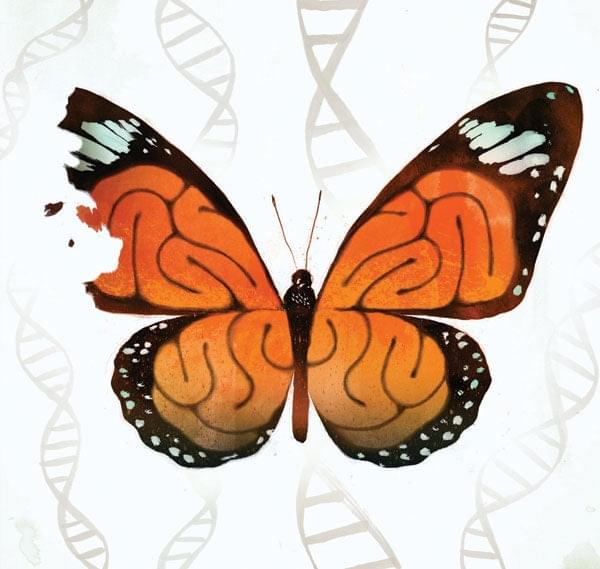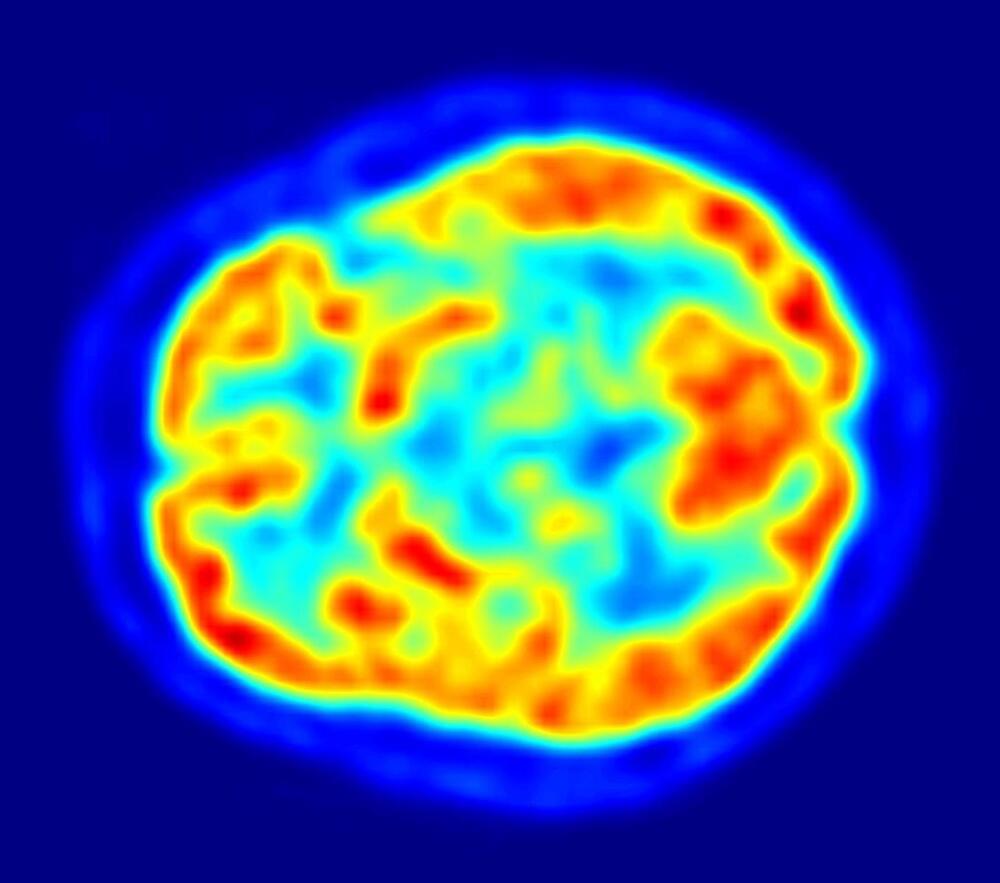Stelarc discusses the extended arm in this interview with Adam Ford.
“The Extended Arm is an eleven-degree-of-freedom manipulator with wrist flexion, wrist rotation, thumb rotation, individual finger flexion, with each finger splitting open, so each finger can potentially be a gripper in itself. The artist’s fingers rest on a panel of switches enabling the selection of pre-programmed sequences of finger, thumb and wrist movements. The clicking fingers, the compressed air and solenoid generate the sounds when performing. The Extended Arm extends the artist’s right arm to primate proportions. ”
Many thanks for tuning in!
Have any ideas about people to interview? Want to be notified about future events? Any comments about the STF series?
Please fill out this form: https://docs.google.com/forms/d/1mr9PIfq2ZYlQsXRIn5BcLH2onbiSI7g79mOH_AFCdIk/
Consider supporting SciFuture by:
a) Subscribing to the SciFuture YouTube channel: http://youtube.com/subscription_center?add_user=TheRationalFuture b) Donating.
- Bitcoin: 1BxusYmpynJsH4i8681aBuw9ZTxbKoUi22
- Ethereum: 0xd46a6e88c4fe179d04464caf42626d0c9cab1c6b.
- Patreon: https://www.patreon.com/scifuture c) Sharing the media SciFuture creates.
Kind regards.
Adam Ford.
- Science, Technology & the Future — #SciFuture — http://scifuture.org
